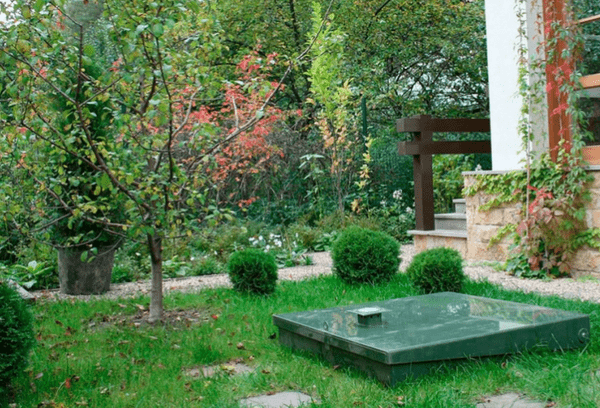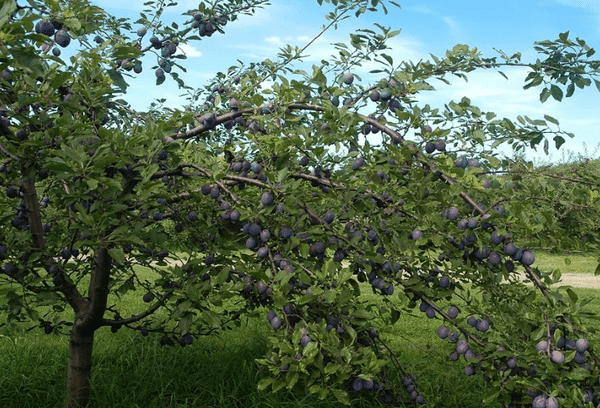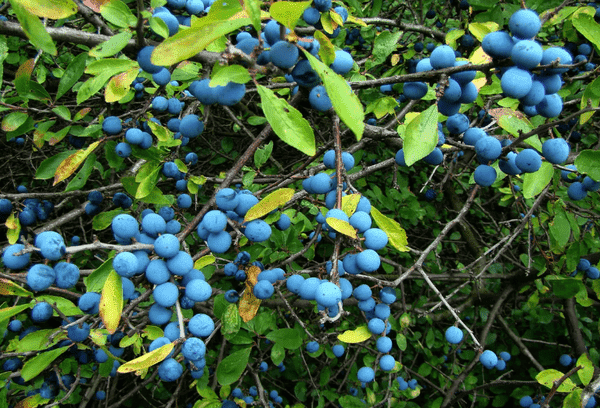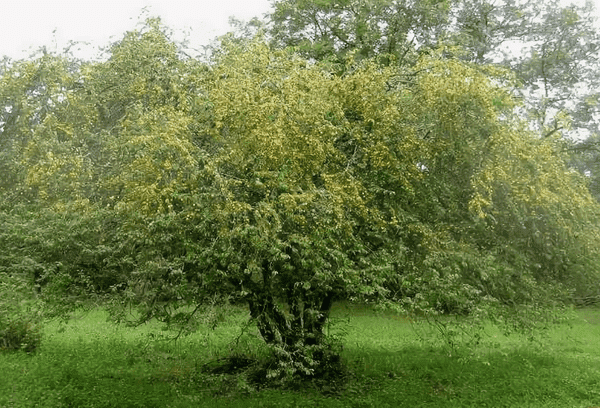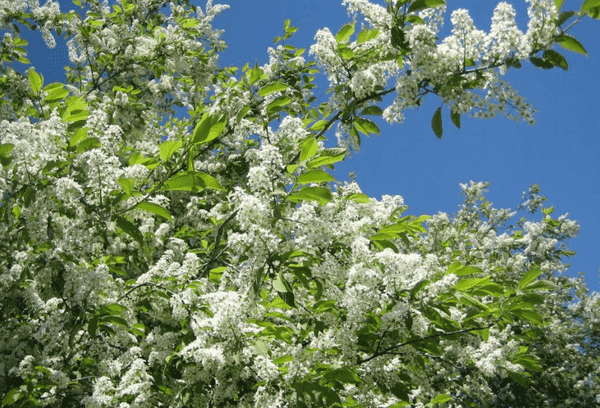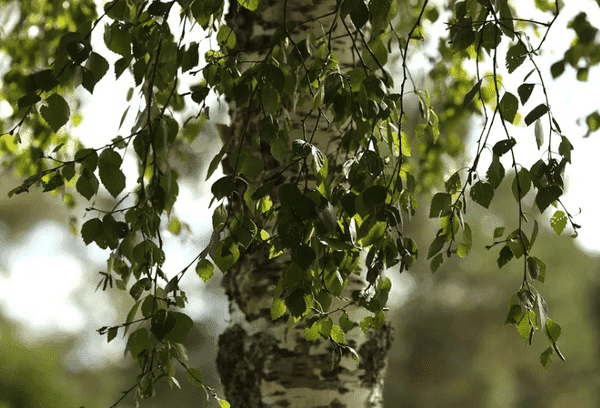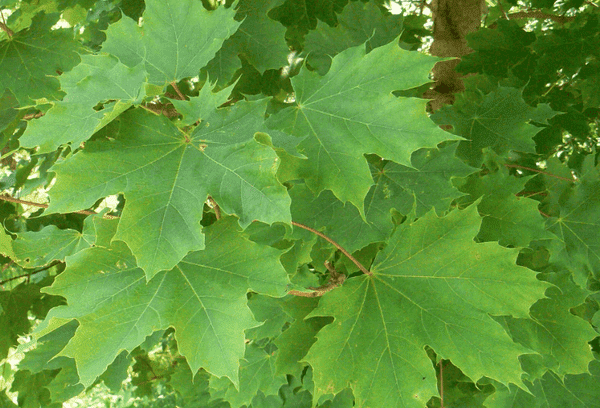What to plant near the drainage pit to pump out less (trees are soil drainers)
Content:
If certain trees are planted near the drainage pit, it will be possible to pump out the contents of the sump much less often. This trick was also used by our ancestors. Some types of trees draw so much moisture from the soil that they can be called real soil dehumidifiers.
How it works
The method of draining soil using trees and shrubs is called biodrainage. Water is absorbed through the roots, after which it enters the aboveground part of the plant and evaporates through the stems and leaves. This mechanism protects trees from overheating. They evaporate most of the water and spend less on their food.
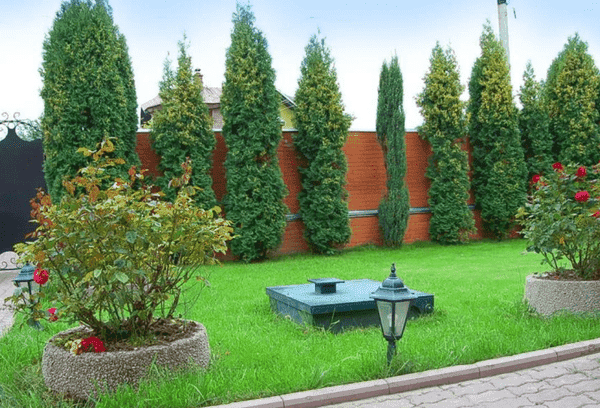
Depending on the moisture needs of a particular crop and its transpiration abilities, the rate at which water is drawn from the soil depends. Trees drain the soil not only in the root zone, but also at some distance. The radius of this zone reaches 10-12 m. The tree in this case plays the role of a powerful pump. When planting a suitable crop near a cesspool, the sump will fill much more slowly.
If you plan to use trees as biodrainage, seedlings are planted in a special way. The planting pit should be large (1 m x 1 m) and approximately the same depth. Large stones mixed with soil are placed at the bottom.The material will serve as a support for the tree in the future and at the same time play the role of drainage. This planting technology is suitable for any pump tree.
Trees for draining the soil at a summer cottage
The record holder in terms of soil drainage is poplar, capable of pumping out up to 900 liters of water per day. However, this tree is not suitable for planting in the country for many reasons. Not everyone likes to collect poplar fluff from their garden beds.
In addition, seemingly harmless fluff often becomes the cause of severe allergies. And there is no need for shade from a tall poplar on the site; most garden and vegetable crops prefer to grow in the sun. Fortunately, there are ornamental and fruit trees that can successfully cope with the same task.
Plum
Of the fruit trees, the plum is considered the best soil drainer. The tree requires a large amount of moisture to form foliage and ovaries, and to bear fruit. The amount of moisture evaporated depends on the age and size of the plum (it often grows as a bush). This indicator is also influenced by current weather conditions - temperature and humidity.
The tree spends part of the water for its own needs, the rest evaporates into the atmosphere through wide stomata. On average, a plum pumps out 100-150 liters of liquid from the ground in one day. The crop takes up moisture especially actively during periods of intensive growth and fruiting, and during drought.
Damsons
Damson plums have approximately the same transpiration rates as plums. At the same time, the culture does not require careful care and practically does not get sick. It is enough to plant a couple of damsons near the cesspool and you can forget about pumping waste from the cesspool for a long time.
The damson plum can not only drain the soil, but also produce stable yields. This hybrid was created by crossing wild sloe and plum. The crop can be grown even in Siberia, as it can withstand frosts down to -40° C. The plant does well in poor soils.
Cherry plum
The group of fruit plants that evaporate large amounts of moisture also includes cherry plum. This is not surprising, because the culture is a relative of the plum. The amount of moisture absorbed depends on the size of the tree and can reach up to 200 liters per day if we are talking about 10-meter specimens. More often, low-growing varieties are grown in gardens; their ability to transpirate is more modest.
Cherry plum is highly productive. A bush or tree begins to bear fruit the very next year after planting. At the age of ten, one specimen can produce up to 300 kg of fruit. The taste of cherry plum fruits is inferior to plums, but they have a rich composition. They contain biologically active substances, large amounts of vitamins A and C, potassium, and iron.
Bird cherry
In the wild, bird cherry often grows near bodies of water, which indicates the plant’s high need for moisture. Depending on its growth and age, a tree can evaporate from 150 to 250 liters of water per day. Some varieties of bird cherry grow as a bush.
This crop is popularly nicknamed the bride for its impressive flowering and pleasant aroma that spreads over long distances. The tree gives rapid growth - 50-70 cm per year. Bird cherry begins to bear fruit at 5-6 years of age. The plant is very hardy and requires virtually no care.
Birch
The symbol of Russian nature - the birch - will not only decorate the site with its presence, but will also contribute to the drainage of the soil, from which it extracts up to 200 liters of water per day.The height of the white-trunked beauty reaches 30 m, so it is better to plant the tree where it will not interfere, for example, closer to the fence (the planting must be coordinated with the neighbors in the dacha).
Birch not only brings aesthetic pleasure and works as a pump. You can collect healthy sap from the tree in spring. Birch branches are an indispensable raw material for making bath brooms. This breed is hardy, easily adapts to any weather, and grows well in all types of soil.
Norway maple
Norway maple is considered a fairly powerful pump tree. It sucks up to 250 liters of water from the soil per day. A deciduous tree looks especially impressive in autumn, when its foliage combines red, orange, and yellow colors.
The maple evaporates a large amount of moisture thanks to its wide, dense spherical crown. The characteristics of a tree depend on its variety. For example, the Crimson King maple has purple foliage in summer, but by autumn the leaves turn purple.
Nature wisely regulates various processes that man can use to his advantage. Planting dehumidifier trees at your dacha will allow you to get rid of not only frequent calls to the sewer service, but also the accumulation of moisture on the site during rain or melting snow. Some crops will additionally give summer residents a generous harvest, while others will delight them with decorative qualities.
